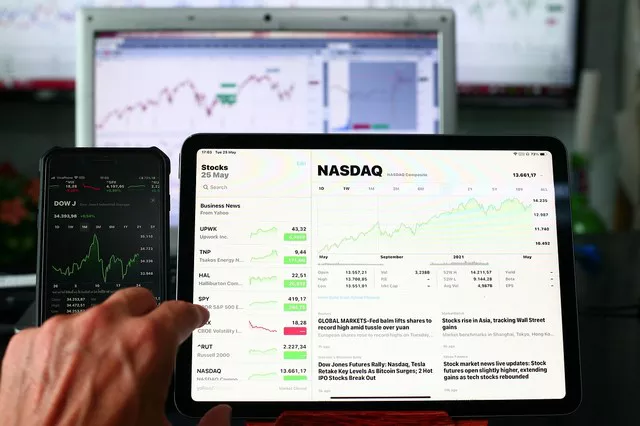Japanese rice futures play a vital role in the global agricultural commodities market, serving as a benchmark for rice prices and providing traders and investors with opportunities to hedge risk, speculate on price movements, and gain exposure to the Japanese rice market. In this article, we’ll delve into the intricacies of Japanese rice futures, including their history, contract specifications, trading dynamics, and significance in the broader rice market landscape.
History of Japanese Rice Futures
Rice has been a staple food and a cultural icon in Japan for centuries, with its cultivation deeply ingrained in the country’s agricultural heritage. The origins of Japanese rice futures can be traced back to the early 20th century when efforts were made to establish organized markets for rice trading. The Tokyo Grain Exchange (TGE), now known as the Tokyo Commodity Exchange (TOCOM), was established in 1952 as the first futures exchange in Japan, providing a platform for the trading of rice futures contracts.
Contract Specifications
Japanese rice futures contracts traded on TOCOM are standardized financial instruments that represent a specified quantity and grade of rice for delivery at a future date. The contract specifications for Japanese rice futures typically include the following key elements:
1. Grade: Japanese rice futures contracts specify the grade or quality of rice eligible for delivery. Different grades of rice may have varying characteristics such as grain size, moisture content, and milling quality.
2. Contract Size: Japanese rice futures contracts specify the quantity of rice represented by each contract. Contract sizes may vary depending on the specific grade of rice and are typically denominated in metric tons.
3. Delivery Months: Japanese rice futures contracts have specific delivery months in which delivery of rice can be made. These delivery months may vary depending on the contract cycle and trading schedule established by the exchange.
4. Trading Hours: Japanese rice futures contracts are traded during specified trading hours on TOCOM, allowing market participants to buy and sell contracts throughout the trading day.
5. Tick Size: Japanese rice futures contracts have minimum price increments, known as tick sizes, which represent the smallest allowable price movement for the contract.
Trading Dynamics
Japanese rice futures are actively traded on TOCOM, with market participants including rice producers, exporters, importers, processors, traders, and speculators. Trading in Japanese rice futures occurs electronically on TOCOM’s trading platform, providing efficient access to market liquidity and price transparency. Market participants can enter orders, execute trades, and manage positions electronically, leveraging advanced trading technology and infrastructure.
The trading dynamics of Japanese rice futures are influenced by various factors, including supply and demand fundamentals, weather conditions, government policies, economic indicators, and global market trends. Traders and investors analyze market data, monitor news developments, and assess technical indicators to make informed trading decisions and anticipate price movements in Japanese rice futures.
Significance in the Rice Market Landscape
Japanese rice futures play a significant role in the broader rice market landscape, serving as a benchmark for rice prices in Japan and providing valuable price discovery mechanisms for market participants. The trading of Japanese rice futures on TOCOM facilitates price risk management for rice industry participants, allowing them to hedge against adverse price movements and mitigate exposure to market volatility.
Additionally, Japanese rice futures contracts serve as a reference for physical rice transactions, providing price transparency and stability for buyers and sellers in the rice market. By hedging their price risk through futures contracts, rice producers, exporters, importers, and processors can better manage their supply chains, optimize inventory management, and enhance profitability.
Trading Opportunities and Strategies
Traders and investors can capitalize on trading opportunities in Japanese rice futures by employing various trading strategies tailored to their risk tolerance, investment objectives, and market outlook. Some common trading strategies in Japanese rice futures include:
1. Speculation: Speculative traders seek to profit from price movements in Japanese rice futures by buying low and selling high or selling high and buying low. Speculative trading strategies may involve technical analysis, fundamental analysis, or a combination of both to identify potential price trends and trading opportunities.
2. Hedging: Hedgers use Japanese rice futures contracts to mitigate price risk associated with their rice-related business activities. Hedging strategies involve taking offsetting positions in futures contracts to lock in prices and protect against adverse price movements.
3. Spread Trading: Spread traders aim to profit from price differentials between related futures contracts, such as different delivery months or different grades of rice. Spread trading strategies may involve calendar spreads, intercommodity spreads, or intermarket spreads to capitalize on arbitrage opportunities.
4. Options Trading: Options on Japanese rice futures contracts provide traders with additional flexibility and risk management tools. Options traders can use various options strategies, such as buying calls, buying puts, selling covered calls, or employing complex options spreads, to speculate on price movements or hedge against price risk.
Conclusion
In conclusion, Japanese rice futures play a crucial role in the global rice market, providing market participants with essential price discovery mechanisms, risk management tools, and trading opportunities. Traded on TOCOM, Japanese rice futures contracts represent standardized quantities of rice for delivery at a future date and serve as a benchmark for rice prices in Japan. By understanding the contract specifications, trading dynamics, and significance of Japanese rice futures, traders and investors can effectively navigate the rice market landscape, manage price risk, and capitalize on trading opportunities with confidence and precision.

